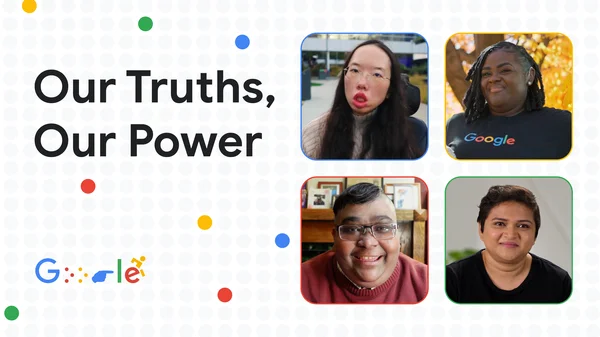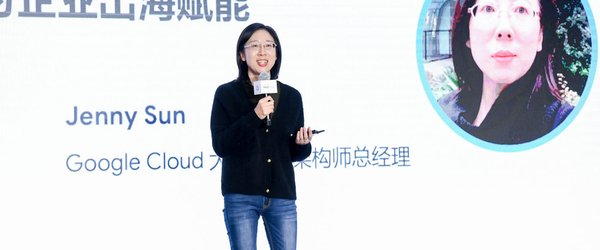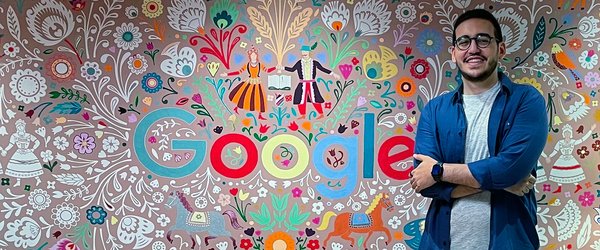Welcome to the latest edition of “My Path to Google,” where we talk to Googlers, interns and alumni about how they got to Google, what their roles are like and even some tips on how to prepare for interviews.
Today’s post is all about Sameer Sethi, a lead technical program manager on our Responsible AI team.
Can you tell us a little bit about yourself?
I was born and raised in a Punjabi family in Delhi, India. Growing up, my parents were my role models and the biggest pillars in my life. My passions are trying different foods and drinks and exploring the world with my wife, who I met while traveling.
Walk us through your path to Google.
After completing my Bachelor’s of Engineering in Dublin, I worked as a software engineer at various telecom companies in Ireland. Afterwards, I moved back to India to help take care of my father and ended up opening an Indo-European bakery. While I enjoyed running a small business (especially one dedicated to my love of food), I still wanted to find an outlet for my engineering skills and use them to create a positive impact. So I got my master’s degree in engineering and ventured back into the tech world as a product manager.
I partnered with Google on a project during that time, and having seen my work firsthand, my Google colleagues encouraged me to apply for an open position in Google Fiber. The role tapped into my passion for data engineering, and I could make a difference by helping to provide fast, reliable and fairly priced internet access to everyone. So I applied and got the job.
What’s your role at Google now?
Now, I’m a lead technical program manager on Google’s Responsible AI team. I work with researchers, ethicists and machine learning practitioners to help Google build responsible AI products guided by our AI Principles and the societal impacts of our work.
What do you wish you’d known when you started the interview process?
I read about Google’s interview process online and got the impression that it would be a nerve-racking experience. To my surprise, however, it was quite the opposite. While the interviews definitely required a lot of preparation, all of the interviewers were very friendly, and the process is designed to make you feel comfortable and help you do your best. Looking back, I would have been much less nervous knowing that the interviewers were friendly and there to help me succeed.
What resources would you recommend to prepare for a Google interview?
I’d suggest reading about the hiring process and checking out the Life at Google YouTube channel to hear directly from Googlers about what it’s like to work here, and how to best prepare to apply or interview. And remember, your recruiter is your best ally so take their recommendations. They know the Google hiring process inside out.
Any tips you’d like to share with aspiring Googlers?
I’ll second what many other Googlers have said: Always strive for your best, prepare well and understand that the interviewers are there to help you succeed. Don’t lose hope, and never stop dreaming.
 In celebration of Disability Pride Month, we learn from four Googlers about what their identity means to them.
In celebration of Disability Pride Month, we learn from four Googlers about what their identity means to them.
 In celebration of Disability Pride Month, we learn from four Googlers about what their identity means to them.
In celebration of Disability Pride Month, we learn from four Googlers about what their identity means to them.
 Meet Jenny Sun, who is helping drive digital transformation at Google Cloud Greater China.
Meet Jenny Sun, who is helping drive digital transformation at Google Cloud Greater China.
 Meet Rand El Morry, a new Googler who moved from Cairo to Warsaw for his role.
Meet Rand El Morry, a new Googler who moved from Cairo to Warsaw for his role.




